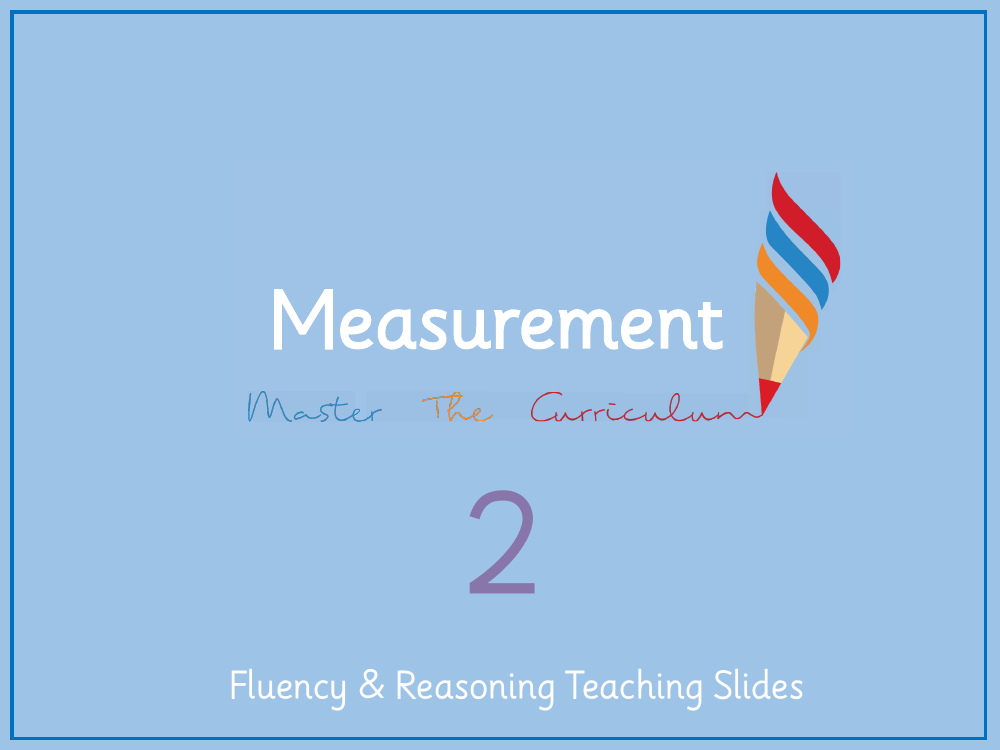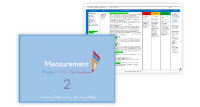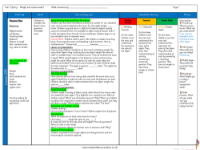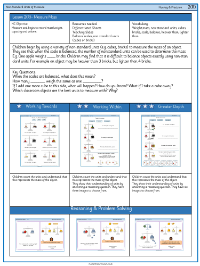Mass, Capacity, Temperature - Measure mass - Presentation

Maths Resource Description
In the lesson on measuring mass, students are introduced to the concept of using non-standard units, such as cubes, to measure the weight of various objects. The educational material encourages students to explore what it means for scales to be balanced, prompting them to think about the equality of mass between objects and the measuring units. For instance, they might discover that one strawberry has the same mass as three pencils. Through hands-on activities, students learn to equate the mass of items like apples and toys with a certain number of cubes, enhancing their understanding of balance and mass comparison. The lesson includes practical exercises where students weigh objects with cubes and then with other non-standard units, recording their observations to determine which units are most effective and why.
The lesson plan progresses with more complex reasoning activities, where students must justify their answers regarding the mass of objects such as teddy bears and gingerbread men in terms of cubes. They are challenged to consider what would happen if cubes were added to or removed from the scales, promoting critical thinking about mass and balance. Additionally, the lesson addresses misconceptions by presenting scenarios for discussion, such as comparing the mass of an apple and a peach, and asking students to determine whether statements about their mass are accurate. The activities culminate in independent work where students complete sentences describing balance scales and their findings, further solidifying their grasp of measuring mass with non-standard units.



